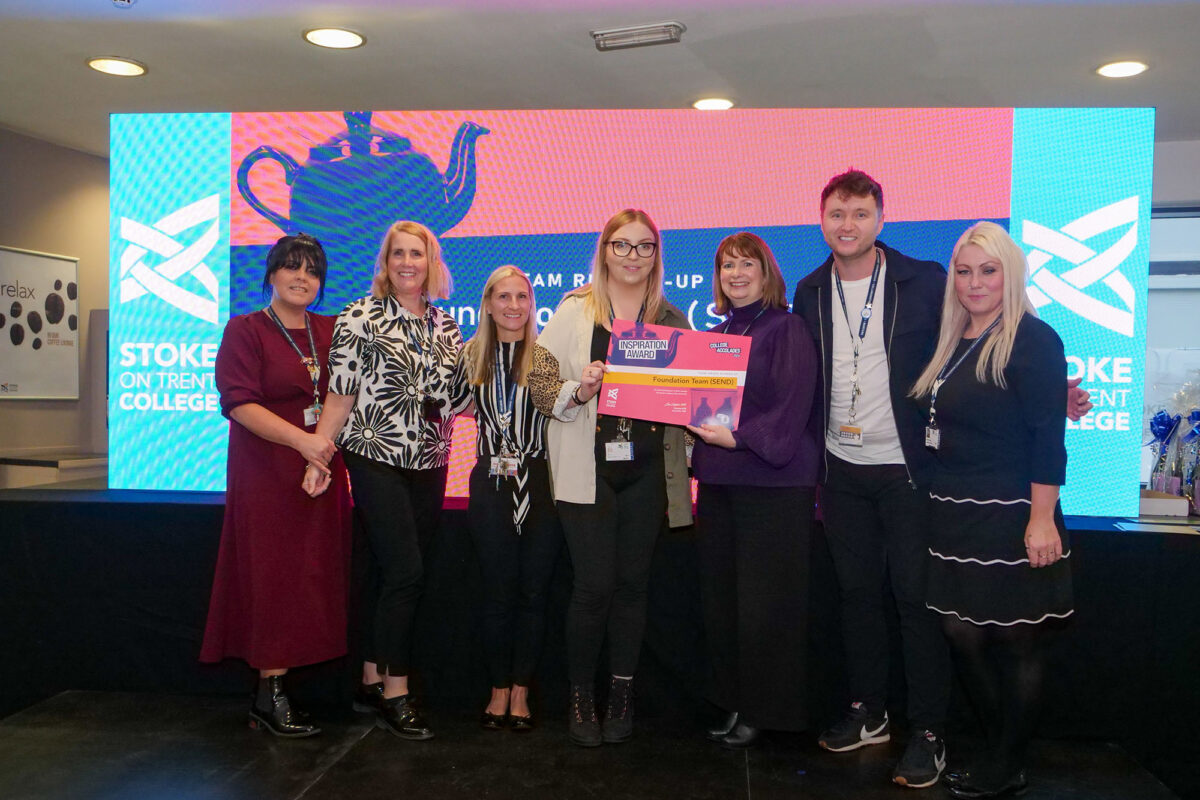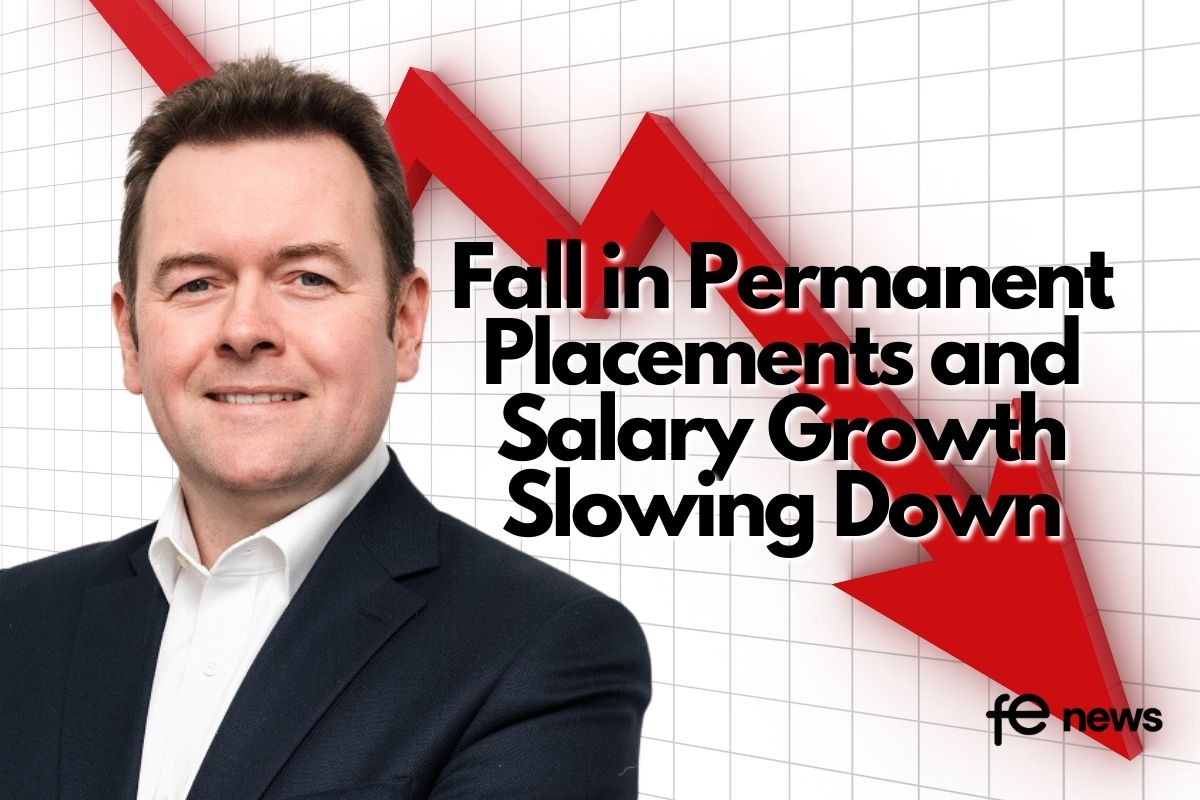Everyone wins: how employers help themselves when they work with schools to enrich career guidance

Here’s a paradox for you. Across the world, the young people entering the labour market today leave education more highly qualified and more ambitious than any preceding generation, but still they struggle in the competition for good work.
In spite of considerably more ostensible human capital than their predecessors, across the OECD unemployment rates for youth have remained up to four times higher than those for workers over the age of 24. The success of education systems in supporting students into upper secondary and tertiary education is a cause for celebration, but in an age of precarious employment outcomes, questions remain about whether everything is being done to prepare students for their futures in work. New analysis from the OECD suggests that career guidance works in preparing students for working life, but is often an under-utilised resource – particularly in those forms where it can most be counted on to enhance employment outcomes.
This week at Addey and Stanhope school in south London, Andreas Schleicher, Director of Education and Skills at the Organisation for Economic Co-operation and Development launched a new report on the urgent need for employers to work more closely with schools to enrich career guidance. The launch took place with a career carousel organised by UK charity Inspiring the Future where Andreas joined local employers in speaking with Year 9 students. The aim was to illustrate one of the simple, but effective ways that schools and employers can work together to help each other and young people.
The 2018 round of the Programme for International Student Assessment (PISA) revealed just how weakly employers have been signalling to students about the jobs of the future. A quarter of students aged 15 across the OECD cannot name the type of career they expect to pursue. Of those with clear ambitions, two in five expect to work in jobs at high risk of automation over the next decade and one in five have high ambitions (expecting to work as a professional or in a managerial role), but do not expect to complete the tertiary education typically required – and this is especially the case for the most disadvantaged students. The career ambitions of young people are increasingly concentrated. On average across the OECD, half expect to work in one of just ten jobs by the age of 30 with the proportion rising to more than 70% in many non-OECD countries. PISA 2018 provides much data to suggest that many students are confused about their plans for the future and how they relate to actual patterns of labour market demand.
The occupational expectations of UK students at age 15, PISA 2018.
Girls Boys
| 1 | Teachers | 8.7 | 1 | Engineers | 10.0 |
| 2 | Doctors | 8.6 | 2 | Sportspeople | 7.2 |
| 3 | Lawyers | 8.5 | 3 | ICT professionals | 7.0 |
| 4 | Nursing and midwives | 6.4 | 4 | Doctors | 4.4 |
| 5 | Psychologists | 5.9 | 5 | Accountants | 4.2 |
| 6 | Designers | 3.7 | 6 | Lawyers | 3.6 |
| 7 | Actors | 3.2 | 7 | Architects | 2.7 |
| 8 | Biologists, botanists, zoologists and related professionals | 3.2 | 8 | Teachers | 2.7 |
| 9 | Social work and counselling professionals | 2.5 | 9 | Business managers | 2.7 |
| 10 | Engineers | 2.2 | 10 | Police officers | 2.5 |
| Total | 52.9 | Total | 46.8 |
Last year, the OECD undertook a first-of-its-kind project that looked at the best available data to see how career guidance supports students. Reviewing the results of longitudinal surveys from 10 countries including the UK, the study looked for evidence of improved outcomes at age 25 in terms of lower unemployment, higher wages and greater job satisfaction related to teenage career guidance at age 15. Having taken account of the factors that typically influence employment outcomes (academic achievement, gender, social background etc), the study confirmed evidence of 11 predictors of better employment outcomes linked to how students explore, experience and think about their potential futures in work.
For a quick summary: How youth explore, experience and think about their future: A new look at effective career guidance
Many relate to activities that can only be delivered with the support of employers
Within the predictors, many relate to activities that can only be delivered – or are much better delivered – with the support of employers. They include job fairs and career talks from guest speakers, workplace visits and job shadowing, CV workshops and interview practice as well as occupationally-focused short programmes. When teenagers take part in these activities, they can commonly expect to earn 5-10% more than comparable peers 10 years later. The same applies to teenagers who worked part-time or who volunteer – and often who take part in work placements.
The results show that students who take part in such activities become more attractive to later recruiters. They are likely to stay longer, be happier and more productive in their roles. It is in the clear interest of employers to help students gain access to information, contacts and experiences that will help them visualise, plan and progress towards futures that fit with their own emerging self-conceptions, abilities and interests. Through such engagement, young people become better placed to show agency as they make ever more decisions relating to education and training.
The Labour Market is Experiencing Great Turbulence
With the labour market experiencing great turbulence due to automation, digitalisation, the pandemic and rapidly increasing demand for green jobs, it becomes more important than ever that employers signal well to students about the jobs of the future. First-hand encounters are signalling at its best. They are powerful learning opportunities because the information they gather is perceived as more authentic and trustworthy by students and relates more closely the complexities of the modern working world. Where employers work with schools, students gain access to information and experiences that are not otherwise easily replicated. The upshot is a triple win – employers, schools and students can all expect benefits linked to activities that are often quick and easy to implement. Unfortunately, across the OECD relatively few students engage regularly with employers as part of their schooling. On average, just one student in six has visited a workplace, attended a job fair and spoken with a career advisor to plan for, and reflect on, their experiences by the age of 15.
As the world of work becomes more complex and dynamic, and as young people stay in education longer than ever, it is time for education systems to take a more strategic approach to career guidance, drawing on new international data to inform practice that can be expected to make a difference. Based upon considerable new evidence, it is now possible for educational systems to take a more strategic approach to employer engagement in career guidance ensuring that it is effective (with the right student taking part in the right activity with the right employer at the right time), efficient (in terms of unit costs) and equitable (prioritising those most in need). It is what young people deserve and what employers demand if they are to respond to the growing challenges of the future.












Responses